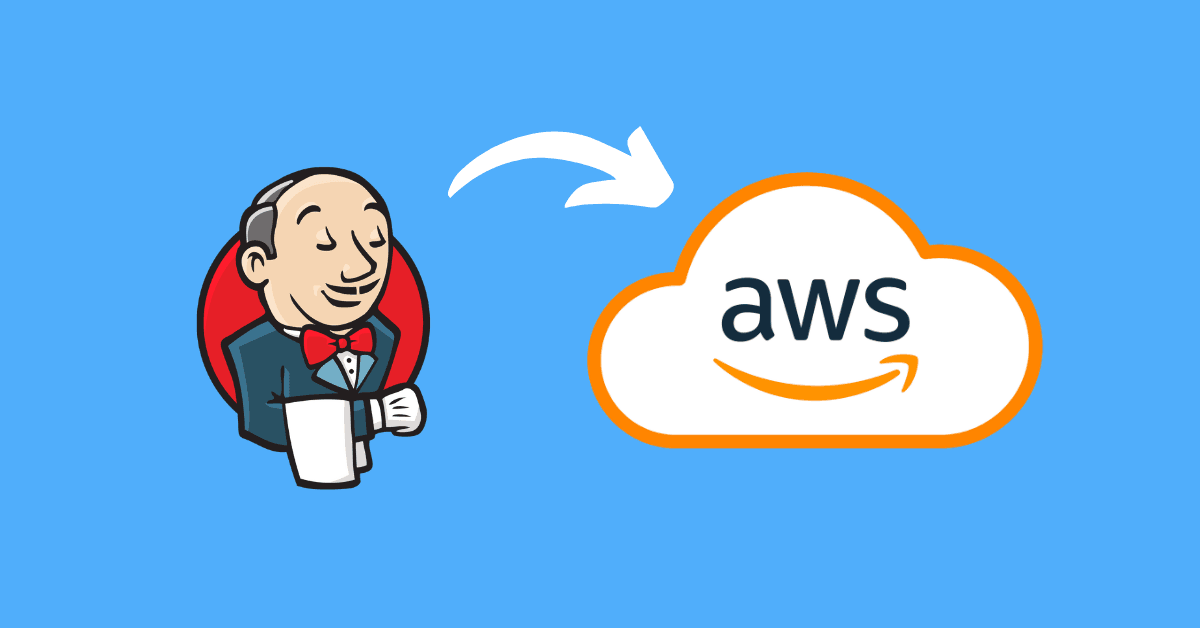
What is Jenkins and Continuous Integration in AWS
What is Jenkins and its role in Continuous Integration (CI) for efficient software development and deployment.
Published Dec 29, 2023
In the world of software development, efficiency and automation play pivotal roles in delivering high-quality applications. Continuous Integration (CI) is a best practice that has gained widespread adoption for its ability to streamline development processes and enhance collaboration among teams. Jenkins, an open-source automation server, has become a cornerstone tool for implementing CI and Continuous Deployment (CD) pipelines. In this article, we will explore what Jenkins is, its role in CI, and how to use it effectively in an AWS environment.
Jenkins is an open-source automation tool written in Java that facilitates the automation of building, testing, and deploying software. It provides a framework for orchestrating and automating tasks involved in the software development lifecycle. Jenkins supports the integration of various plugins, enabling seamless integration with a wide array of tools and technologies.
- Jobs: The fundamental building blocks in Jenkins are jobs. A job represents a specific task or set of tasks, such as building a project, running tests, or deploying an application.
- Build Pipelines: Jenkins allows users to define build pipelines, which are sequences of jobs that automate the entire software delivery process. Pipelines provide a visual representation of the workflow, from code integration to deployment.
- Plugins: Jenkins boasts a vast ecosystem of plugins that extend its functionality. These plugins cover diverse areas, including version control systems, build tools, deployment platforms, and notification services.
Before delving into CI, it's crucial to have Jenkins set up in an AWS environment. The typical approach involves deploying Jenkins on an Amazon EC2 instance, leveraging AWS services like IAM for access control and S3 for artifact storage.
- Launch an EC2 Instance: Provision an EC2 instance with the necessary resources and security groups to host Jenkins.
- Install Jenkins: Connect to the instance and install Jenkins using the official installation guide.
- Configure Jenkins: Set up Jenkins by configuring plugins, security settings, and integration with version control systems like Git.
Once Jenkins is up and running, creating a CI pipeline involves defining a series of steps to be executed automatically whenever new code is pushed to a version control repository.
- Connect to Version Control: Configure Jenkins to connect to your version control system (e.g., GitHub, Bitbucket).
- Create a Jenkins Job: Define a job that specifies the tasks to be executed, such as pulling the latest code, building the project, running tests, and generating artifacts.
- Integrate Automated Testing: Incorporate automated testing into the pipeline to ensure that new code changes do not introduce regressions.
- Artifact Management: Use Jenkins to store and manage artifacts generated during the build process, ensuring traceability and reproducibility.
- Notification and Reporting: Implement notifications to alert teams of build status and integrate reporting tools for comprehensive insights into the CI pipeline's performance.
AWS provides services that seamlessly integrate with Jenkins, enhancing the capabilities of CI pipelines.
- Amazon S3: Use S3 for artifact storage, ensuring reliable and scalable storage for build artifacts.
- AWS CodeBuild: Incorporate CodeBuild to offload the build process to a fully managed service, reducing the need to manage build infrastructure.
- AWS CodeDeploy: Integrate CodeDeploy for automated deployment to various AWS services, enabling continuous delivery.
- AWS Lambda: Use Lambda functions to trigger Jenkins jobs based on events, such as code commits or pull requests.
- Infrastructure as Code (IaC): Implement IaC practices using tools like AWS CloudFormation or Terraform to manage infrastructure changes alongside code changes.
- Parallelization: Leverage Jenkins to parallelize tasks, such as running tests on different environments concurrently, optimizing build times.
- Monitoring and Logging: Implement monitoring and logging to track the performance of CI pipelines and identify bottlenecks or issues.
- Security Practices: Apply security best practices, including proper IAM roles, secure credential management, and regular security audits.
- Scalability: Design CI pipelines to be scalable, accommodating increased workloads as development teams grow.
Jenkins serves as a powerful tool for implementing Continuous Integration in AWS, offering flexibility, extensibility, and a rich set of features. By combining Jenkins with AWS services, development teams can create robust CI pipelines that automate the software delivery process, ensuring reliability, efficiency, and continuous improvement in the development lifecycle. As organizations strive for faster and more reliable software delivery, the integration of Jenkins and CI in AWS becomes a critical element in achieving those goals.
